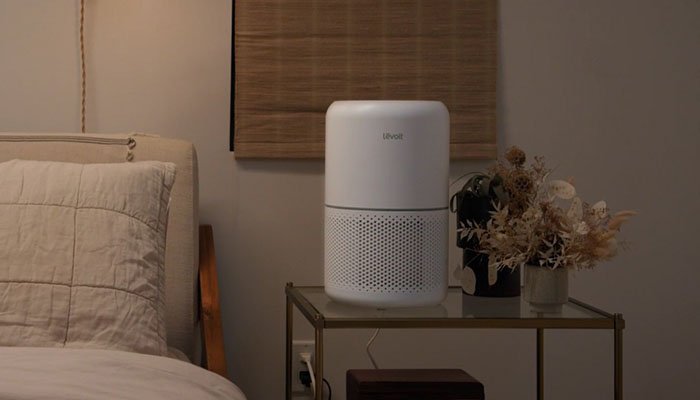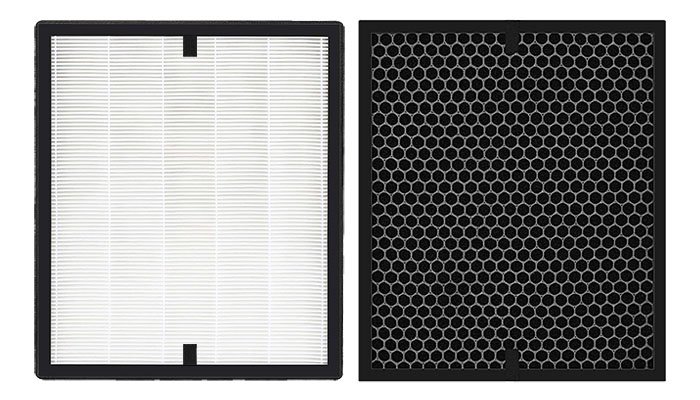Air purifier filter achieves clean and healthy indoor air

Indoor air pollution is a growing concern, with harmful particles and contaminants often present in our living spaces. To combat this issue, air purifiers have become popular solutions. At the heart of every air purifier lies the air purifier filter—a critical component responsible for capturing and removing airborne pollutants. In this article, we will explore the significance of the filters, their different types, and how they contribute to creating a cleaner and healthier indoor environment.
Air purifier filters are designed to capture and trap a wide range of airborne pollutants, including dust, allergens, pet dander, mold spores, pollen, bacteria, and even volatile organic compounds (VOCs). As indoor air circulates through the air purifier, the filter acts as a barrier, removing these harmful particles from the air. By effectively capturing pollutants, they improve indoor air quality, reducing the risk of allergies, respiratory issues, and other health concerns.
Types of Air Purifier Filters
A. HEPA Filters: High-Efficiency Particulate Air (HEPA) filters are widely recognized as one of the most efficient filters available. They can capture and trap particles as small as 0.3 microns with an impressive efficiency rate of 99.97%. HEPA filters are ideal for removing allergens, fine dust, mold spores, and other small particles.
B. Activated Carbon Filters: Activated carbon filters specialize in eliminating odors, gases, and VOCs. The porous structure of activated carbon effectively absorbs and neutralizes these pollutants, leaving the air fresher and odor-free.
C. Pre-Filters: Pre-filters serve as the first line of defense in air purifiers. They capture larger particles like dust, pet hair, and lint, extending the lifespan of the primary filter and improving overall system efficiency.
D. Electrostatic Filters: Electrostatic filters use an electric charge to attract and capture particles. They are effective against dust, pet dander, and some allergens. Electrostatic filters are often washable and reusable, making them an eco-friendly option.
To ensure the optimal performance of air purifiers, regular filter replacement and maintenance are crucial. Over time, air purifier filters become saturated with captured pollutants, reducing their efficiency. The manufacturer's guidelines provide recommended replacement intervals, which can vary based on factors such as filter type, usage, and indoor air quality. Timely replacement guarantees that the air purifier continues to operate effectively, providing clean air to your living space.
Clean indoor air has numerous benefits for your health and well-being. By utilizing air purifier filters, you can:
Reduce the presence of allergens and irritants that trigger allergies and respiratory conditions.
Minimize the risk of airborne infections and illnesses by eliminating bacteria and viruses.
Improve sleep quality by creating a clean and fresh sleeping environment.
Enhance overall comfort by removing odors and eliminating stale air.
Create a healthier environment for individuals with asthma, allergies, or sensitivities to airborne pollutants.
They play a vital role in improving indoor air quality and promoting a healthier living environment. With their ability to capture and remove harmful particles and pollutants, air purifier filters help reduce allergies, respiratory issues, and other health concerns. By selecting the appropriate filter type, adhering to regular maintenance and replacement schedules, and investing in a quality air purifier, you can enjoy the benefits of clean and fresh indoor air. Make air purifier filters your ally in the quest for a healthier and more comfortable living space.



